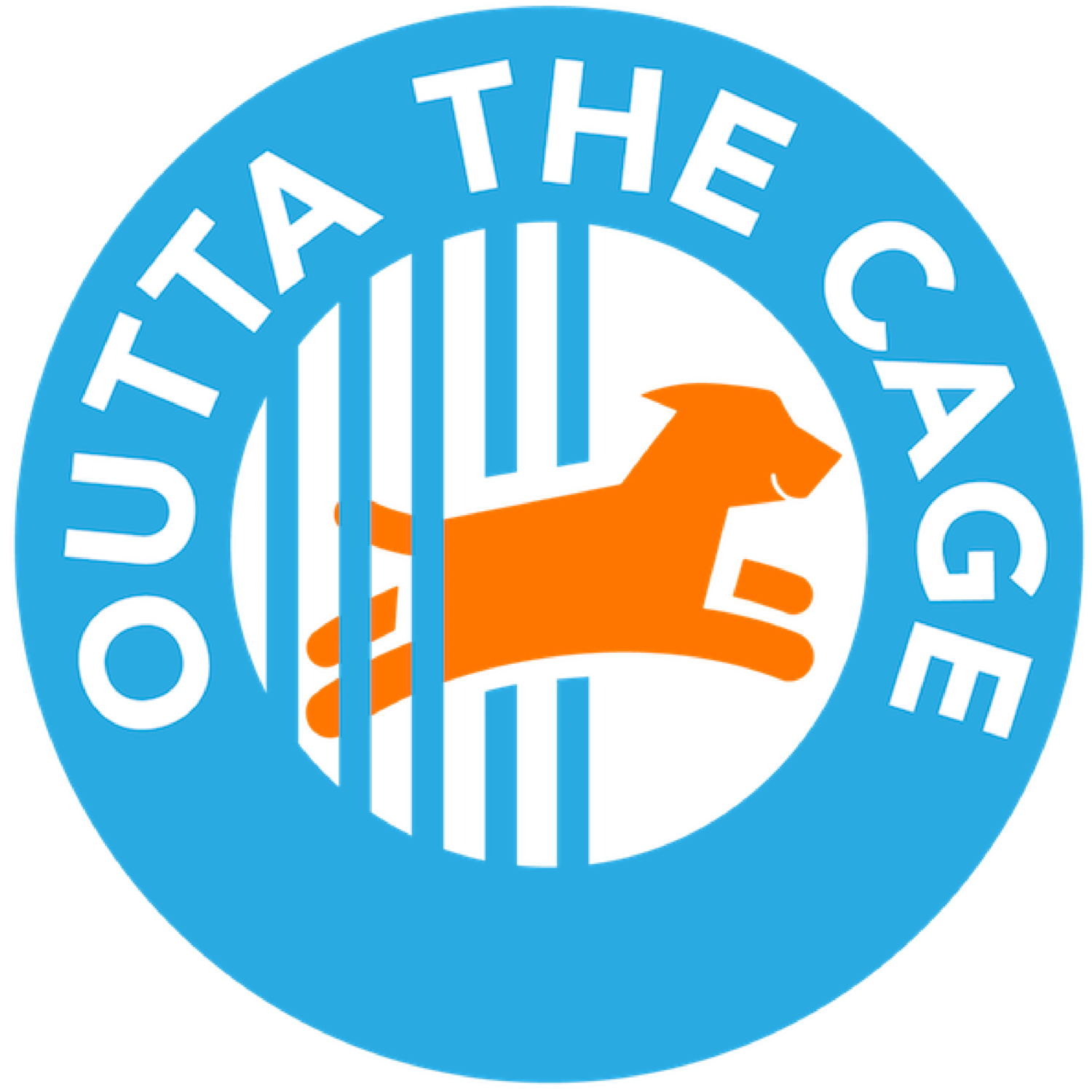How to fail at being a foster failure
In which Jill debunks (most of) the myths of fostering a pet.
I’ve written before about how we desperately need foster families for shelter dogs. In addition to helping the dog decompress after it leaves the shelter, a foster can make sure the dog gets accustomed to living in a home, coexisting with other dogs (if appropriate), accepting a family routine, and becoming comfortable with a new environment.
There are too few foster families and too many dogs. Why are great fosters so hard to come by? Many of the reasons involve myths about the fostering arrangement, including:
Fostering is expensive. While many foster families assume the cost burden of taking in a shelter pet, others rely on rescue organizations to provide funding for vet care, medication, and sometimes even training and food.
You don’t know what you’re getting. Shelters with foster programs or reputable rescues understand the dog’s history and will make sure to assess the dog’s temperament before placing it in a foster situation. The good ones strive to match newly-rescued dogs with their foster families by assessing living situations, household energy levels, the existence of children, or even the presence of men in the household. This maximizes the chances that the foster can help the dog thrive, thus maximizing the dog’s chances at finding a forever family.
Once I bring the foster dog in I’ll never hear from the rescue and I’ll be ‘stuck’ with the dog. True, there have been stories of rescues who “dump and run.” But most credible rescues work with their fosters to establish a timeframe for the foster arrangement. This is usually informed by the dog’s profile—senior, ill, disabled, or behaviorally-challenged dogs will typically require longer foster durations than younger, healthier dogs. Many rescues won’t consider foster arrangements of under six months, while others might need short-term fosters while the dog awaits transport.
Fostering is emotionally draining. I can’t really argue this one. Taking a dog in, spending time with it and having it become part of the family is hard work—making it difficult to say goodbye when an adopter steps forward. But the knowledge that without you the dog might be homeless (or worse, dead) transcends the temporary heartache of seeing a dog off to its forever family.
Don’t get me wrong. When one of my foster families decides to adopt their foster pet, I join the “foster failure” celebration! But I also feel a slight twinge of disappointment. After all, many consider themselves “serial fosters,” accepting new foster pets once their existing fosters are placed with adopters. Fewer available fosters means fewer options for housing an animal once it leaves the shelter. Which means fewer animals make it out alive.
Rescues without foster options sometimes end up parking dogs and cats in low-cost boarding facilities where the cages are even smaller than their shelter kennels. (Some dogs have lingered in cheap, rundown boarding facilities for months or years.) Most of the time, rescues simply network fervently for fosters while begging the shelter to give the dog a few more days or weeks and keeping their fingers crossed.
We’ve learned the hard way that shelters don’t house animals indefinitely. A foster family provides a lifeline for animals who might have one more chance at finding the happiness they deserve. Remembering that is the surest way to fail at being a foster failure.

